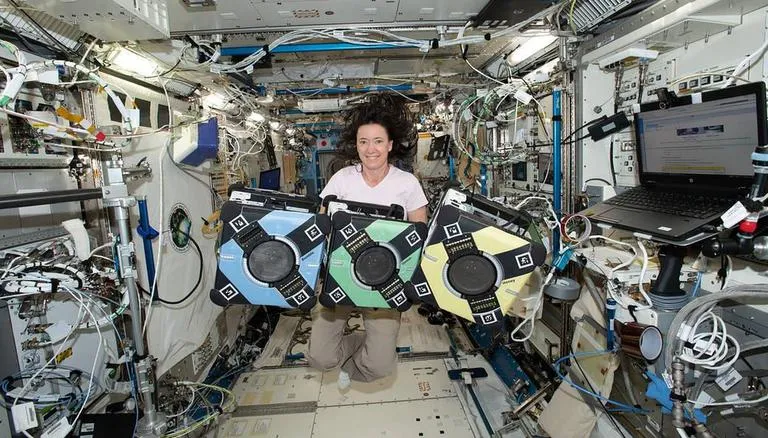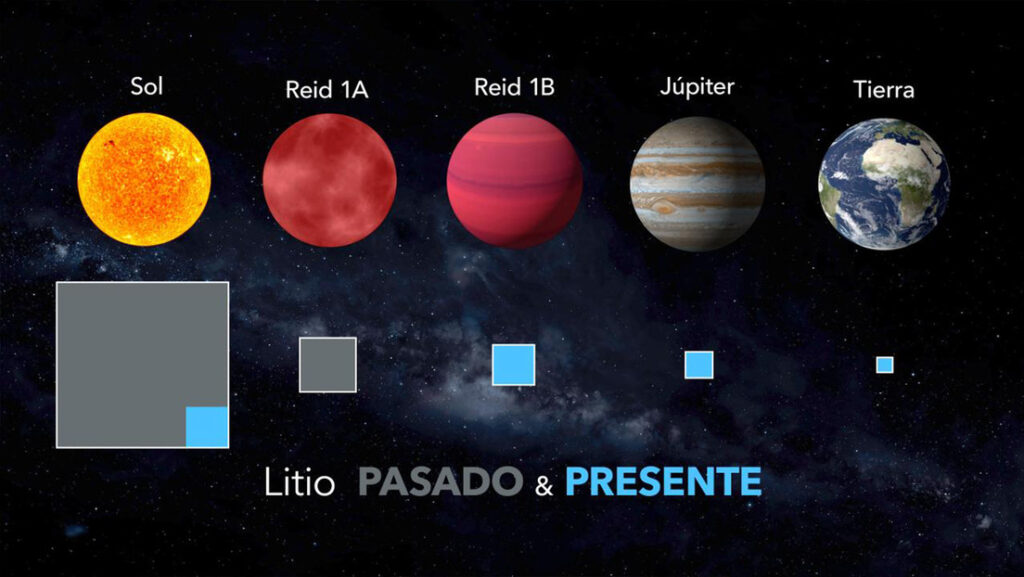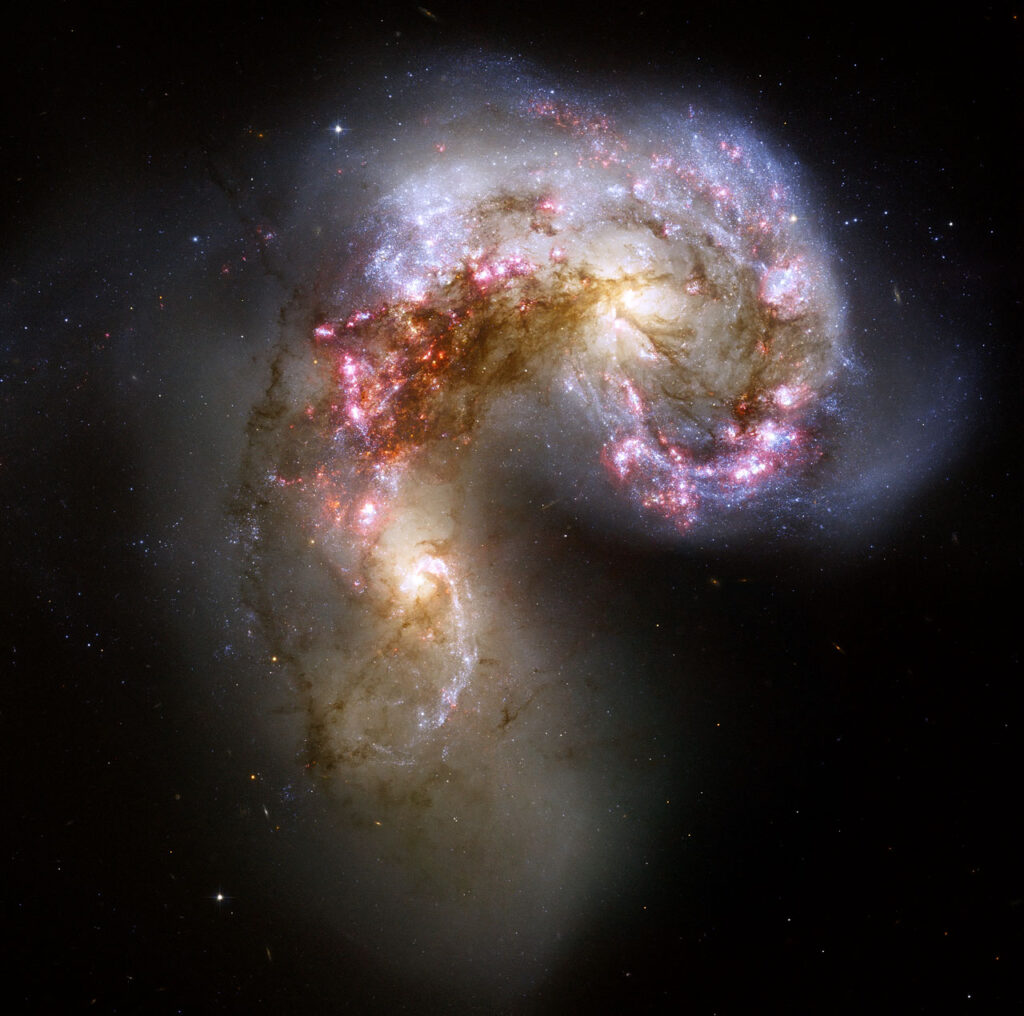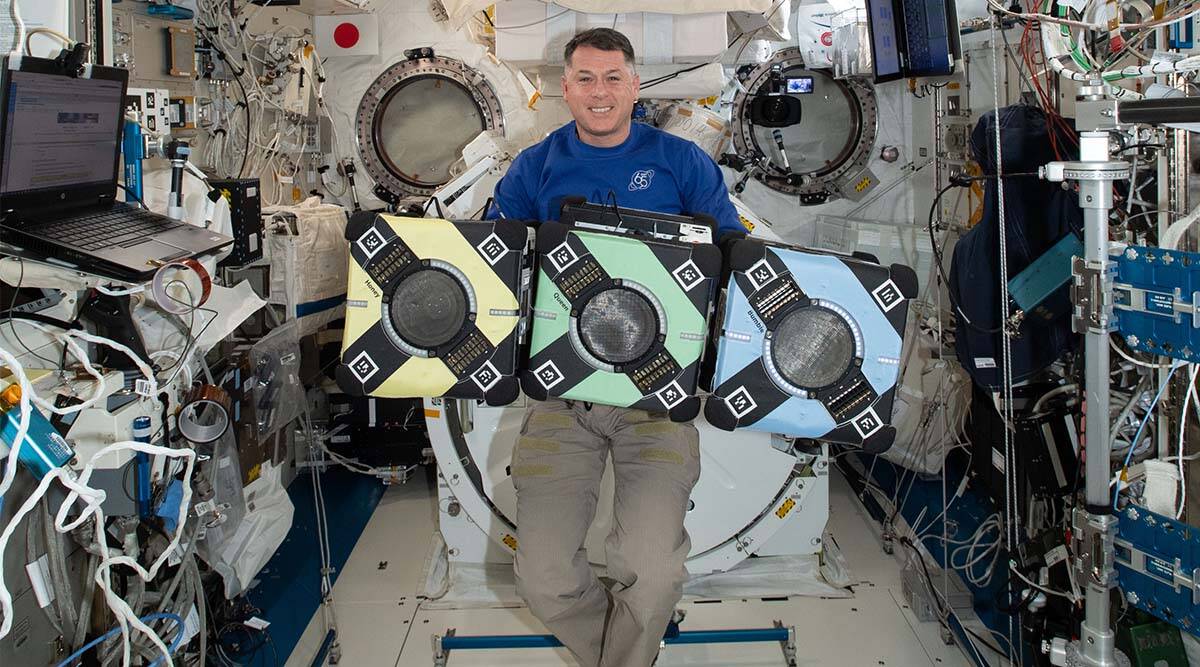NASA’s space robots, which are part of the Astrobee system, were launched to the International Space Station in 2018 to assist the astronauts in routine tasks.

NASA, last week announced a major milestone in human-robot teamwork in space. For the first time ever, the space robots have worked along side astronauts aboard the International Space Station (ISS), opening ways for their application in spacecraft operation and maintenance. This would prove immensely beneficial when the astronauts venture out to the Moon, Mars and beyond.
Recently, a video was posted on Twitter from the ISS Research handle featuring two free-flying space robots, one named Queen near NASA astronaut Raja Chari and the another named Bumble next to the European Space Agency’s (ESA) Matthias Maurer in the background. These robots are part of the Astrobee system and have been developed with the aim to provide assistance to the astronauts to make them work more efficiently.
NASA tests abilities of the Astrobees
During the recent tests, Bumble tested its navigation ability in the Harmony module of the space station and gathered new station mapping data. Queen, while in a separate module captured its first 360-degree panoramic image of the interior of the laboratory.
According to NASA, mapping and imaging experiments are part of the Integrated System for Autonomous and Adaptive Caretaking (ISAAC) project. This project uses the three cube-shaped robot system which was launched to the space station in 2018. These robots move around using electric fans as a propulsion system that allows them to fly freely through the microgravity environment and also have cameras and sensors to navigate.
The robots also have a perching arm which allows them to grasp and move things around. They basically assist astronauts such as taking inventory, documenting experiments conducted by astronauts and moving cargo inside the ISS. Besides the three robots, the Astrobee system also consists of software and a docking station for recharging. NASA says that the robots can work autonomously, or can be controlled by astronauts using a remote or by mission teams on Earth.
Once fully commissioned, the Astrobee robots will replace SPHERES (Synchronized Position Hold, Engage, Reorient, Experimental Satellite) robots, which are being used by astronauts for over a decade.
Recent Posts
- Astronomers detect first direct image of black hole expelling a powerful jet
- WhatsApp rolling out ‘reply with message’ feature within call notifications
- Multi-Device Pairing May Be Arriving for Apple Watch this Year
- Artificial Intelligence Discovers Hidden Giant, a Planet 5 Times Larger Than Jupiter
- Google CEO Sundar Pichai Talks Bard & The Future Of Search
Recent Comments

Astronomers detect first direct image of black hole expelling a powerful jet

Artificial Intelligence Discovers Hidden Giant, a Planet 5 Times Larger Than Jupiter

Scientists explain melting of Antarctic ice sheet dating back 9,000 years

An Unexpected Discovery: Hubble, ESA's Gaia Spot Double Quasar That Existed Over 10 Billion Years Ago

Astronomers detect first direct image of black hole expelling a powerful jet

WhatsApp rolling out ‘reply with message’ feature within call notifications

Multi-Device Pairing May Be Arriving for Apple Watch this Year


